Engine oil is the lifeblood of your motor. Not only does it affect your car’s performance, it can also have a massive effect on its reliability and, ultimately, your wallet. Let’s find out more about this liquid gold in our engine oil guide.
The chances are, if you’re reading this engine oil guide, it’s our guess that you want to look after your car as best you can. One of the easiest ways to do that is by not only using the right oil, but by ensuring that vital fluid is kept at the correct levels and in tip-top condition too. After all, many expensive engine failures can be traced back to owners to not maintaining the correct oil levels, leading to oil starvation. Or, by using a grade of oil that is simply not up to the job. A factor that is of extra importance with tuned engines.
Generally speaking, oil has three main functions in looking after your engine. The first and most obvious of the three is lubrication against wear. Oil performs this function by providing a barrier between the metallic surfaces inside your engine that allows each part to operate smoothly without generating heat and wear through metal-to-metal contact. The second function oil has is that it cleans your engine too. Modern oils contain various detergents that actually clean the internal surfaces of your engine while in use. Third, oil is also an effective coolant. It does this by transferring the heat away from the component parts into the oil. This then cools as it flows around the engine, reducing engine temperatures.
Be sure to check out our guide to the best engine oil in 2023.
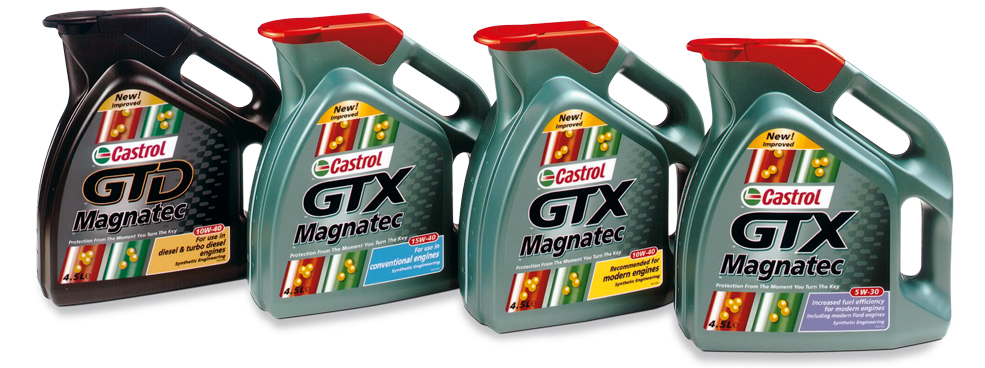
Engine oil guide
One of the most common ways of looking at oil is as mineral, semi-synthetic or synthetic. But it’s not really that simple.
Mineral Oil
A mineral oil is oil that came out of the ground and has then been refined to make it suitable for use in vehicles. It’s pretty basic stuff, but has the advantage of being cheap.
Some good examples of mineral oils are the Fuchs Superma 15w-50, Valvoline VR1 20w-50, Millers Classic 20w-50 and Silkolene Silkolube 20w-50. Millers CRO is a popular mineral oil as it’s specially designed to run-in new or rebuilt engines.
Semi-synthetic Oil
A semi-synthetic is a blend of mineral oil and synthetic. It’s generally cheaper than a synthetic and offers better protection than a mineral oil, but will not last as long or give as good protection as a fully synthetic. Fuchs Syn MC 10w-40, Castrol Magnatec 10w-40, Mobil Super 2000 10w-40, and Motul 4100 Turbolight 10w-40 are popular semi-synthetics.
Synthetic Oil
Synthetic oil isn’t quite as simple as you might think from the name. There are three types of synthetic oils. The first is hydrocracked mineral oil. This is where a mineral oil goes through a process called hydrocracking. This modifies and refines the oil enough that it is classed as synthetic. Hydrocracked oils are the synthetic component of a semi-synthetic oil. Second, there is PAO, or Polyalphaolefins. This is generally what people think of as synthetic oil, where the oil is produced by chemical reactions. Last, there are esters. Esters are the top level oil on the market and have advantages over normal oils. They cling to metal surfaces, so the interior of your engine, gearbox or diff is coated with oil at all times. This means instant cold-start protection. They also have greater friction reduction properties than normal oils, which can help engines run smoother.
Additionally, because esters make the oil more stable, ester-based oils are ideal for hard use applications. Fuchs Pro S, Millers CFS Nanodrive, and Motul Sport are very good, ester-based oils. Shell Helix Ultra, Millers XF Longlife and Fuchs GT1 are good examples of ‘normal’ synthetics.
In automotive oils, the esters are blended with PAO and/or hydrocracked oils to produce the final product. It would work out far too expensive to just use esters on their own. Blending the esters with other oils reduces the cost and produces a more stable oil.
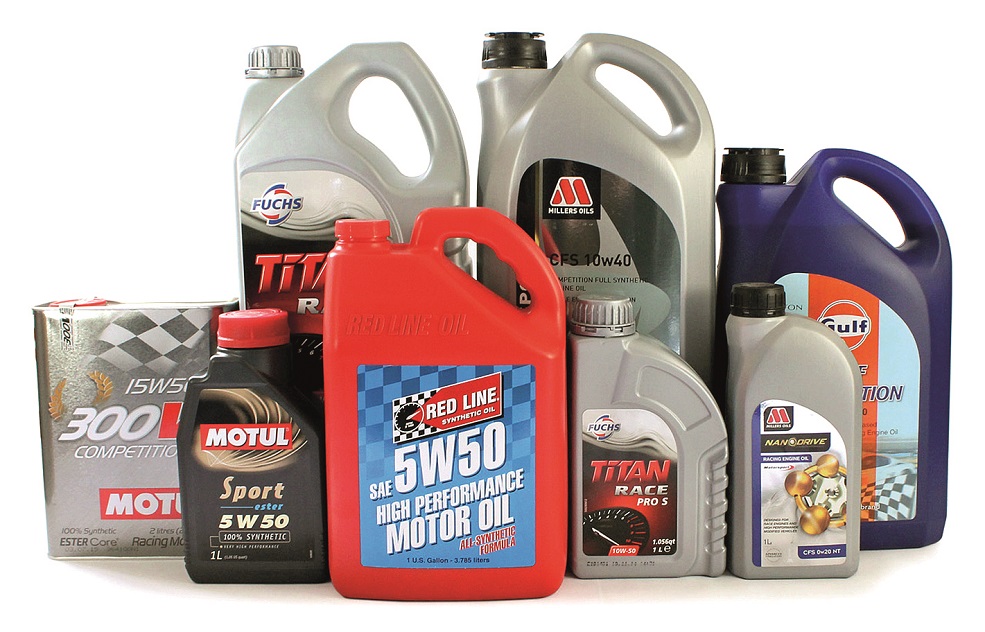
How thick should your engine oil be?
The first thing to consider when choosing an appropriate oil for your application is the viscosity.
When cold, you want the oil to flow well, so it gets around the engine quickly, improving cold-start protection. When hot, you don’t want the oil to be too thick as the flow rate is reduced. This lessens the protection and heat transfer capabilities of the oil.
But don’t just think it’s a case of the thinner the better. Too thin an oil will also lead to reduced surface-to-surface protection. As a result, it’s all about getting the right balance.
When you see the oil grade listed on the can, such as 5w-40, the first number relates to the cold flow viscosity (the w stands for winter) and is measured at 40C. The second number describes the viscosity at 100C. Although that number will be higher than the first number, the oil will always be thinner at 100C than 40C (the numbers are on a different scale). This is due the heat causing the oil to naturally thin. Those numbers are not exact points. They refer to a band that the viscosity falls into. As a result, you could have an oil categorized as 5w-40 that is almost the same viscosity as a 10w-40, or as a 0w-40 at the other end of the scale.
Oil for tuned engines
Generally, what the manufacturer recommends is a sensible grade for a standard car that is used on the road. However, when you modify an engine or use it on track, the engine will run hotter than normal, leading to the oil thinning. That is when you need to consider using a thicker oil. In theory, it should run at a similar viscosity to the standard oil in a standard car. Depending on how far the car is modified, moving a grade or two thicker can be a sensible option.
Often grades like 10w-30, 10w-40 and 15w-40 are recommended as standard options. However, you can improve on those (in most cases) by using something thinner when cold, such as a 5w-30 in place of 10w-30, for example. This will help with cold-start protection.
But there are times when sticking to slightly thicker grades when cold makes sense. Forged builds, for example, often have larger tolerances than standard engines. Therefore, a thicker oil is likely to be the more sensible choice. Also, certain cars sound terrible when cold if too thin an oil is used. In those cases, a thicker oil could help.
Another thing to consider with viscosity is what the car is getting used for. A daily driver that sees plenty of cold mornings needs cold-start protection more than a car used for endurance racing that experiences extreme temperatures for long periods, for example.
Unless your car has one specific purpose (track use, short road trips, long journeys etc.) you’ll likely be looking at a compromise when it comes to the best grade for it.
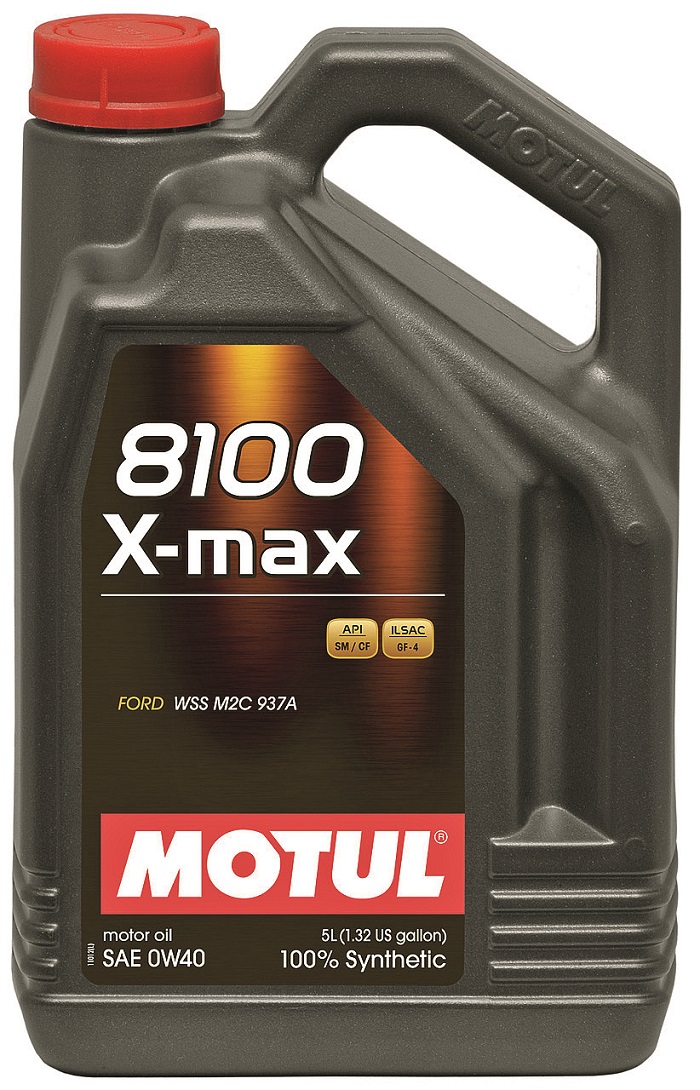
Engine oil guide – oil additives
Oils tend to be pretty clearly labelled as to what grade they are and if they are mineral, semi-synthetic or synthetic. However, the additive pack is far less obvious on the label. Additives in the oil are very important. They let the oil do its job properly. Here are some of the additives used in a modern oil:
■ Detergents – these clean the engine to stop build-ups that could lead to a lack of protection.
■ Anti-wear additives – these bond to the metal surfaces, providing a sacrificial layer. The best known is ZDDP.
■ Anti-foaming agents – these help to keep the oil as a liquid rather than let it build into a foam. Foaming oil causes problems with the oil pump and can lead to oil starvation.
There are several others, such as; extreme pressure, anti-ageing, viscosity improvers, friction modifiers and so on.
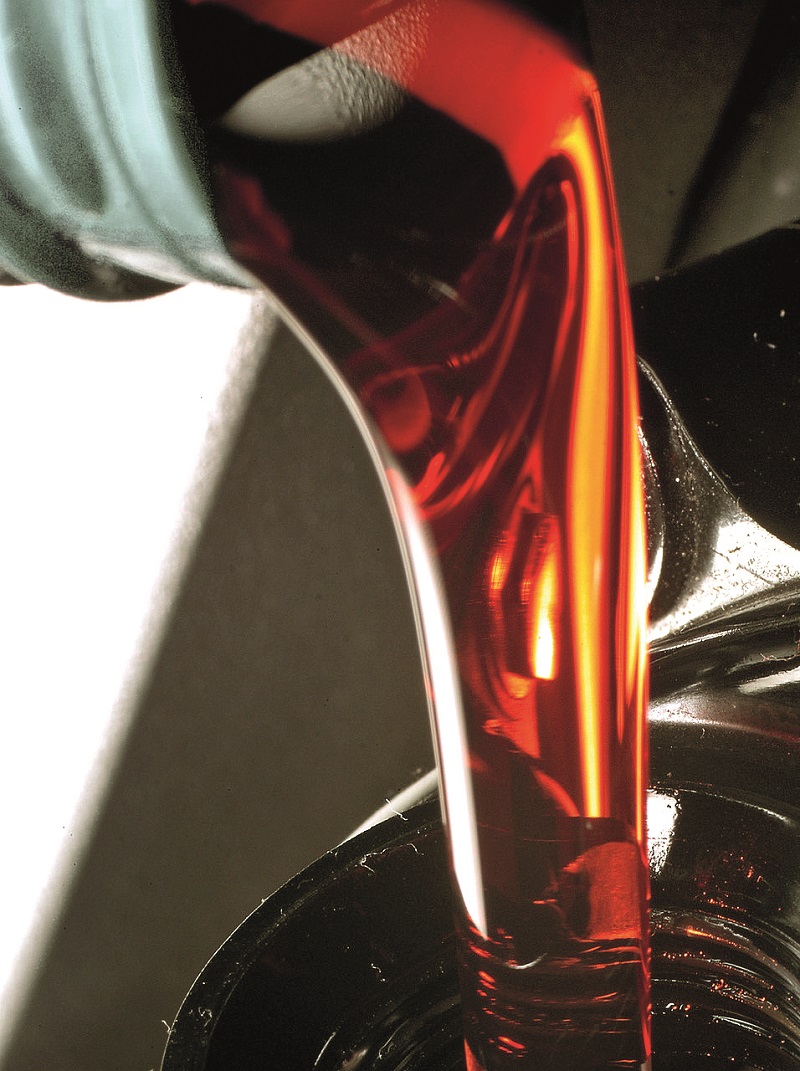
Don’t cheap out on oil
If anyone tries to tell you that simply ‘oil is oil’, that really isn’t the case. You could have two cans of oil, both that are labelled as 5w-40 synthetics, but one could be a hydrocracked oil with a cheap/reduced additive package and the other could be a PAO/ester blend with a top-quality additive pack. There can be a huge difference in price between those oils. The difference might not be clear unless you have an idea of what all of the information on the label means.
Manufacturer approvals can also affect the price. Often to get an oil approved by a manufacturer, it can cost tens of thousands of dollars (we’ve even heard of some approvals costing over $100k). The cost of getting those has to be recouped by the oil. Some companies list their oils as ‘meeting the requirements of’ or ‘can be used in place of’ where certain manufacturer specifications are required. This saves the cost of getting the approval. However, you are relying on the oil company being honest about the oil doing what is says on the label.
Quality control also plays a large part in the price of an oil. The more it’s tested in production, the more it costs on the shelf. Some experts say they have heard of cheap oil that was tested where it was supposed to be a 5w-40 but turned out to be a 20w-40!
We’re not saying you need to pay a fortune for your oil. However, buying from reputable companies should provide you with added peace of mind that the oil will do the job you need it to.
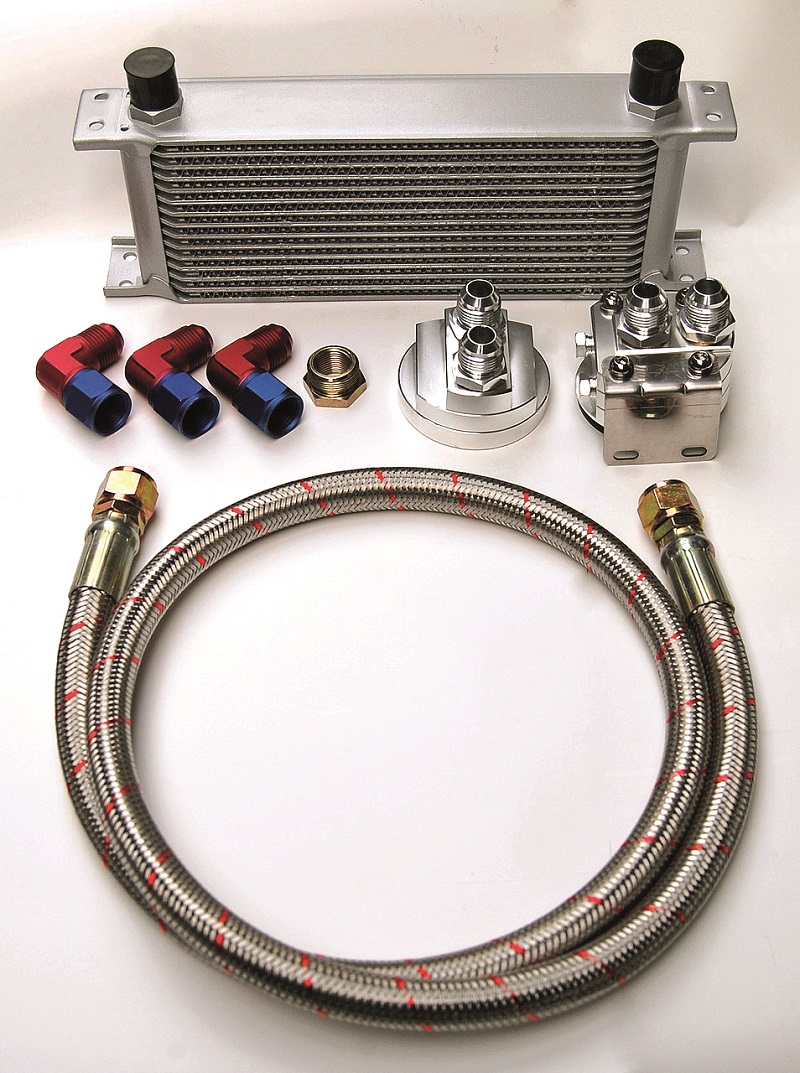
Engine oil guide – oil temperatures
A lot of people add an oil cooler as one of their first engine modifications. However, this can sometimes be pointless and in some cases it can actually be harmful. Ideally, you want the oil to be around 100C, but at least 80C when the engine is up to temp. If not, some of the additives will not function properly and the oil will not flow as well as it could.
If you have an oil temperature gauge, you can monitor the oil temperature and get an idea if an oil cooler is actually needed. This is also a good idea as, ultimately, you don’t want the oil to get too hot either. This would cause the oil to degrade or run too thin, reducing its protective properties.
Thankfully, many quality oil cooler kits on the market these days incorporate a thermostat, meaning oil doesn’t flow through the cooler itself until it reaches a certain temperature. Some cheaper oil cooler kits, or those sold as track and race parts, don’t feature a thermostat. That’s fine for a race car where a team of mechanics can ensure everything is up to temperature in the pits before heading out on track. However, it’s not ideal for a road car as it increases the time taken for the oil to reach optimum temperature.
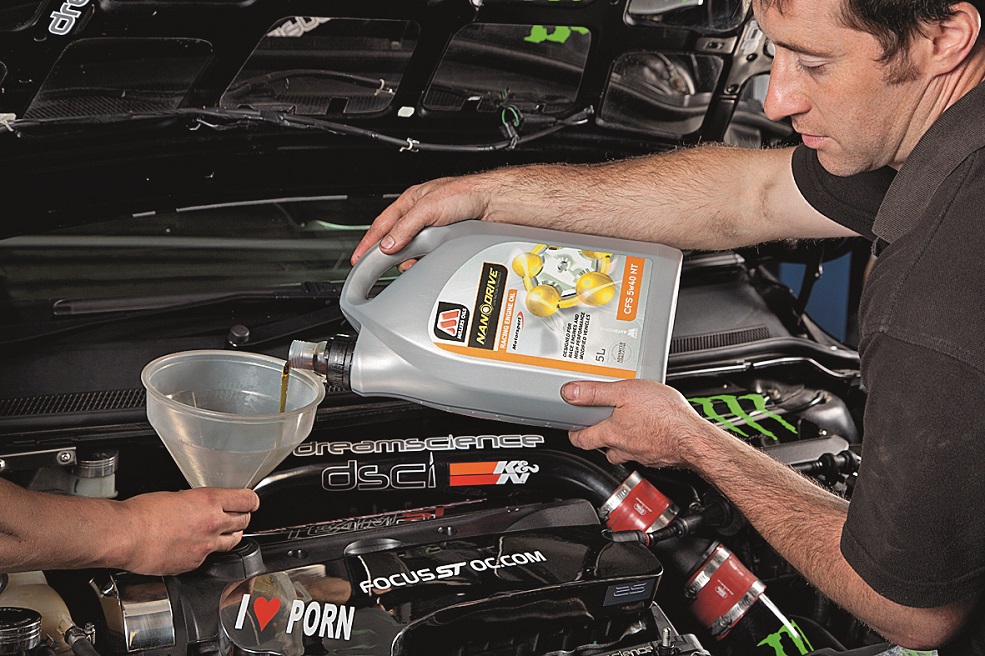
Engine oil consumption – when do I need to add more oil?
Generally, oil consumption is not something to worry about, unless it’s excessive. Certain engines often burn a drop of oil and suffer from no ill effects. Just keep an eye on the oil level and top up when necessary to keep it at the upper level. Forged engine builds also tend to use more oil due to the larger tolerances than standard engines. Oil consumption does vary from car to car, but the best thing to do is ask a specialist if you think you are using too much. A liter per 1000 miles is regarded by most manufacturers the normal limit, in most cases. Oil consumption can often be reduced by using a thicker oil, but too thick and engine protection is lost.
The next stage
Choosing the right type of oil for your car is all very well, but that’s not to say that’s as far as you need to go in terms of keeping your performance car healthy. Especially if it gets used hard.
Track, race and drag cars have to withstand additional stresses and that has an affect on the oil. If you imagine a car cornering hard, the oil in the sump will act the same as if you’re trying to run whilst carrying a bucket of water. It doesn’t stay put. Instead, it will move around under cornering, acceleration and braking forces. This can have disastrous results. If the oil moves to the side of the sump, the pick-up pipe can’t supply oil to the rest of the engine. It’s known as oil starvation and it spells disaster. However, there are ways around it.

What is an oil cooler?
This is a common upgrade that’s fitted to a range of regular performance cars, and is highly advisable if you drive the car hard or it’s tuned. In a similar way that the car’s radiator keeps the water cool, an oil cooler does keeps the car’s oil cool. By feeding the oil through a core that is mounted in an area where airflow is high, the oil’s temperature can be reduced. Oil is only effective up to a certain limit. If the car’s used on track then the oil temperatures can soon go above the level at which it remains effective. An oil cooler keeps the temperature of the oil to a reasonable limit so that it can still perform as intended.
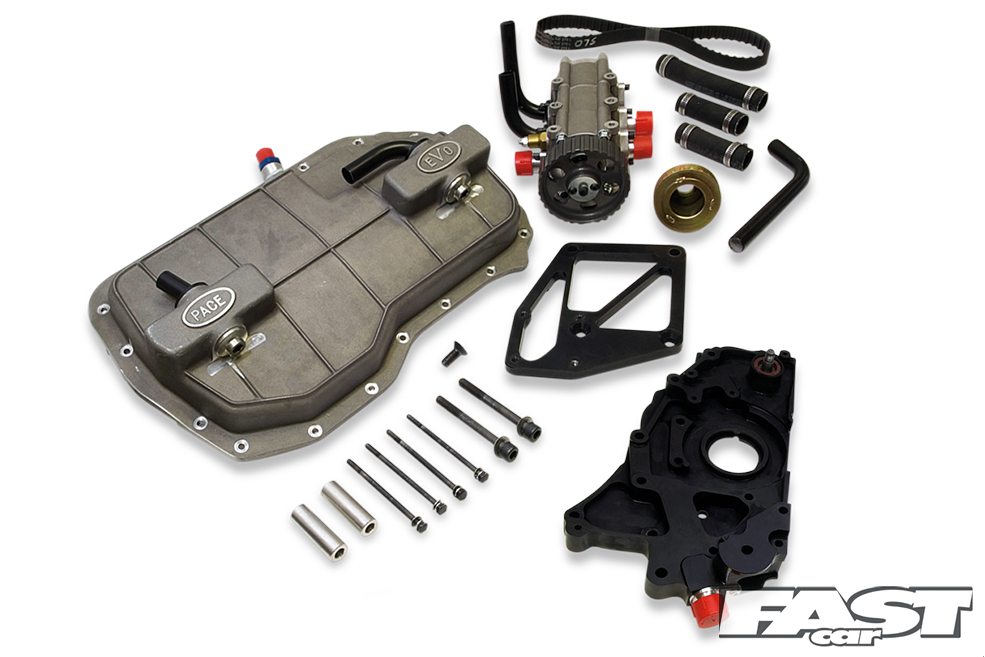
What is a dry sump?
Dry sumps offer the ultimate in oil supply and management, but are normally restricted to high-end race and track cars. Instead of having the oil in the sump as you would expect, it’s housed in a remote tank that feeds a constant supply, no matter what the car happens to be doing at the time. A crank-driven pump provides the pressure, so it’s normally directly attributable to engine speed. Larger volumes of oil can be also be used. Finally, an additional advantage is that the engine can be mounted lower in the car as there isn’t a big sump bolted to the bottom. This in turn helps the car’s center of gravity and improves handling.
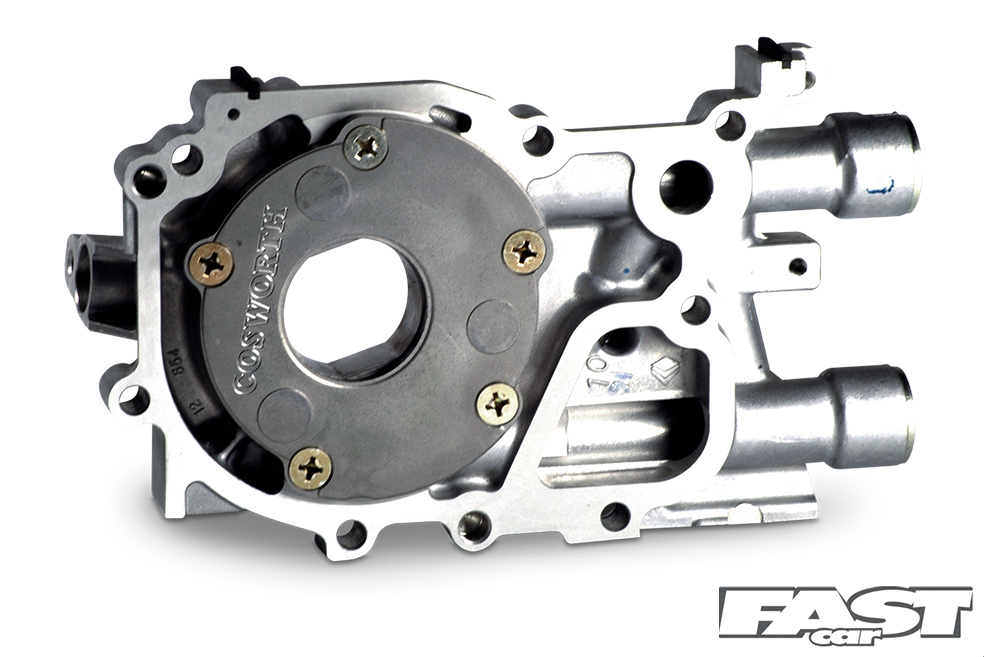
What is an uprated oil pump?
Your car’s standard oil pump will be designed to supply oil for a standard engine. But start factoring in tuning and it’s no surprise that standard oil pumps can start to struggle. Large-rotor oil pumps are available for a wide selection of cars. As you might guess from the name, they flow more oil than standard. Fitting one is a strong recommendation if you’re running high rpms or big power.
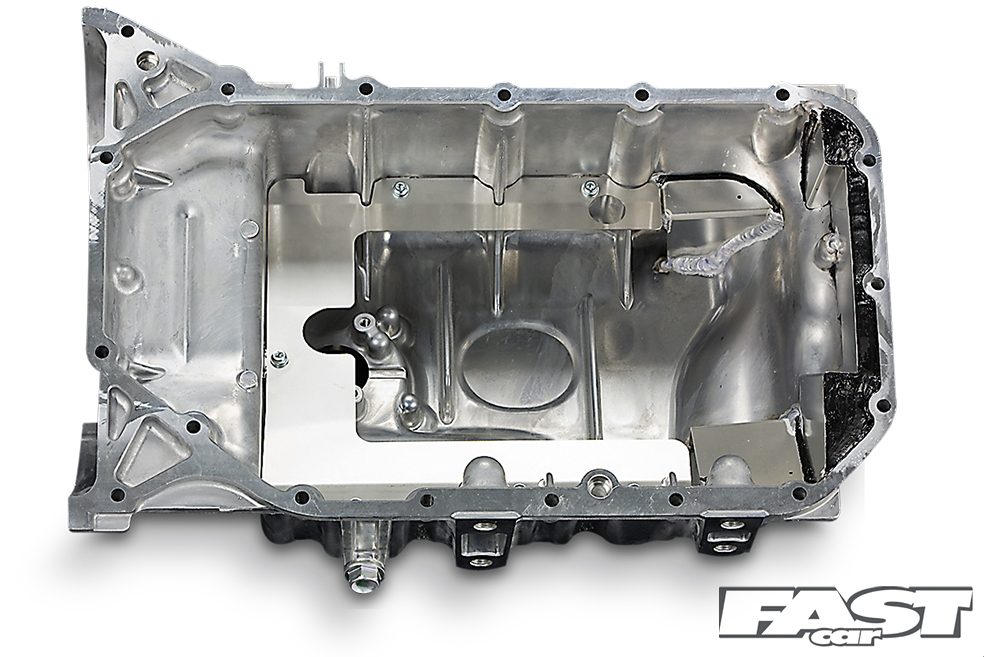
What is a baffled sump?
A baffled sump is designed to keep oil where it’s supposed to be – in the middle of the sump. Additional metalwork in the sump acts as a barrier to stop the oil from trying to ‘climb’ the sides of the sump, providing a constant supply for the scavenge or pick-up pipe to supply the rest of the engine.
Words: Dan Sherwood.
The post Engine Oil Guide: Tips & Advice appeared first on Fast Car.
Leia Mais.